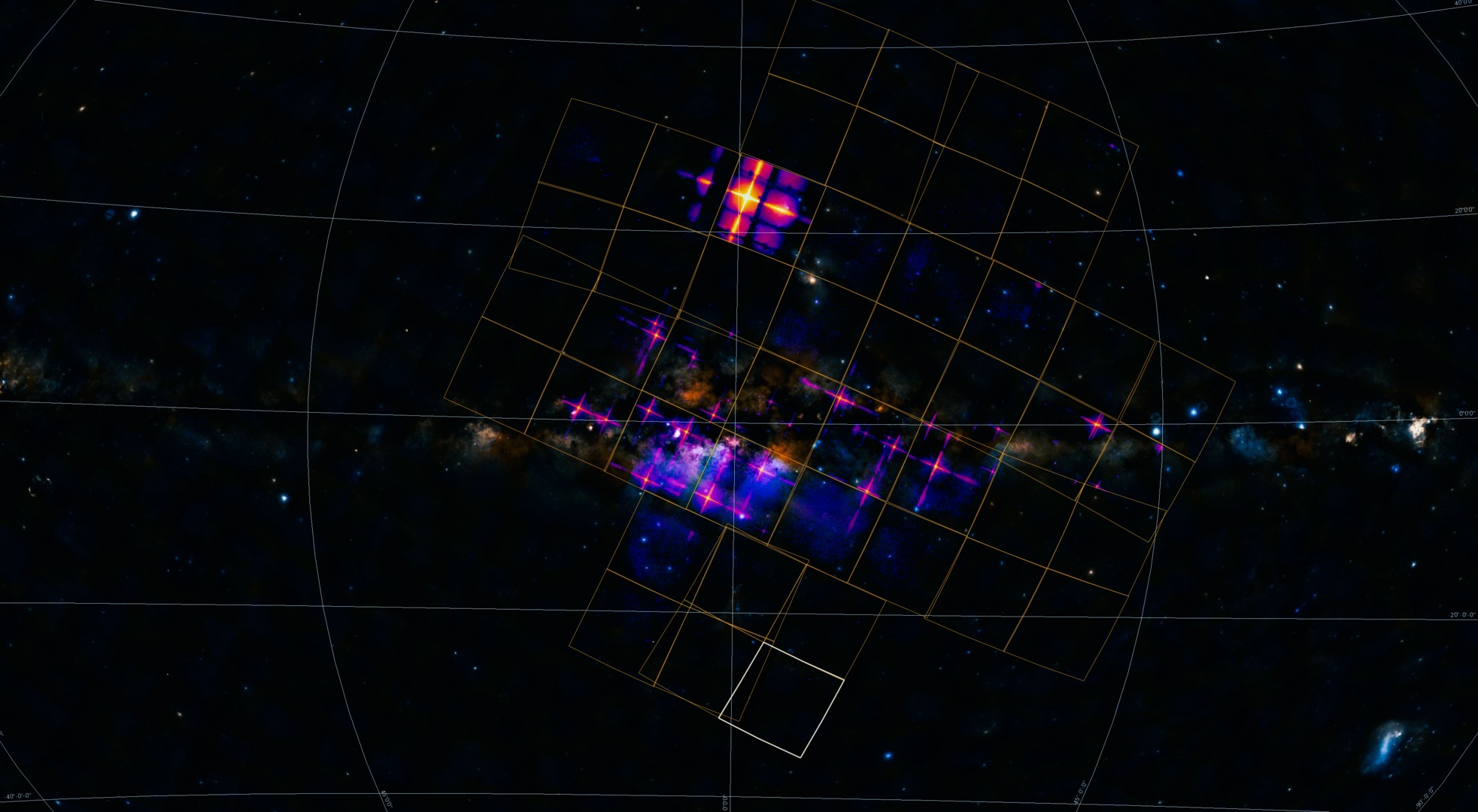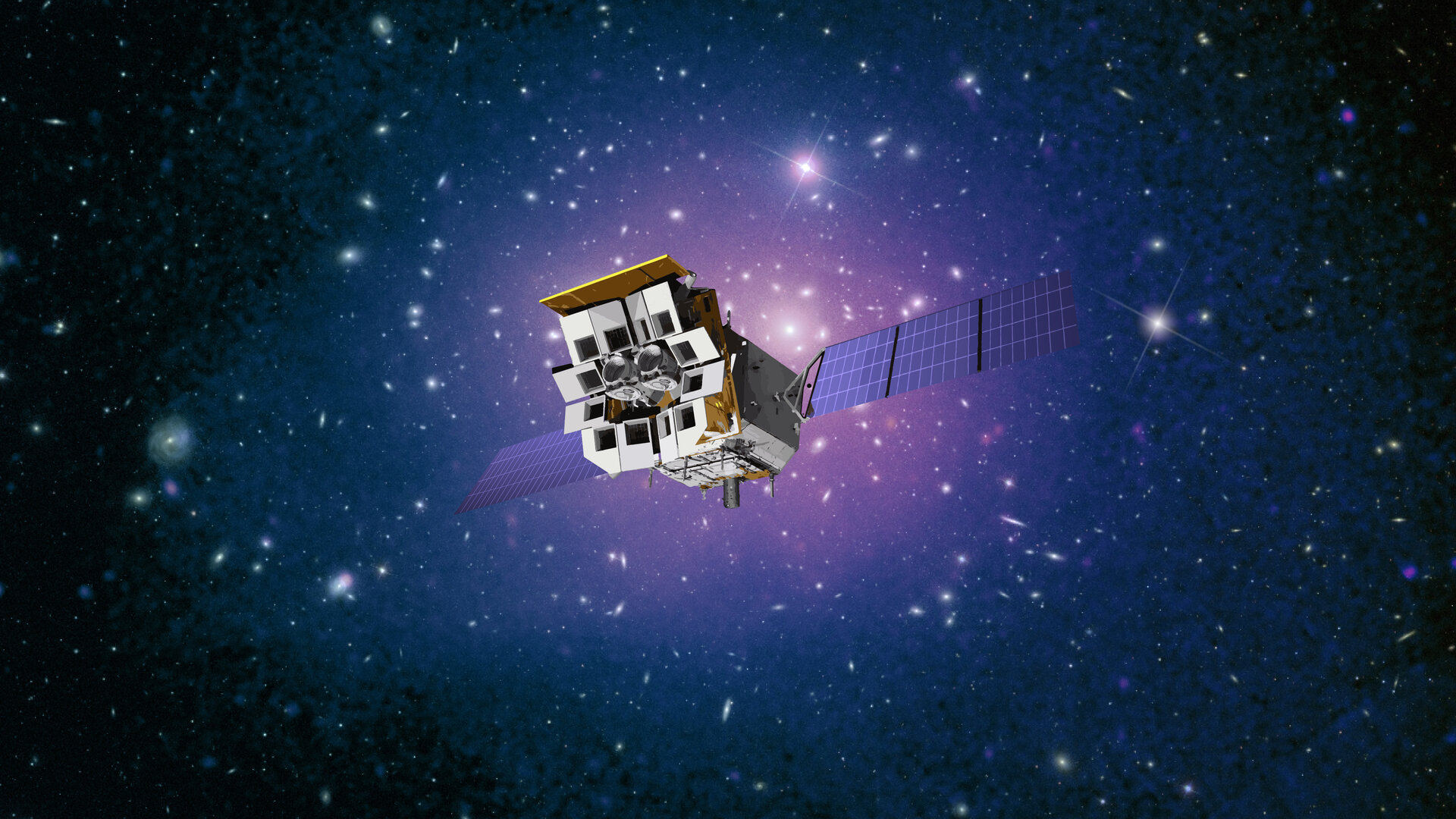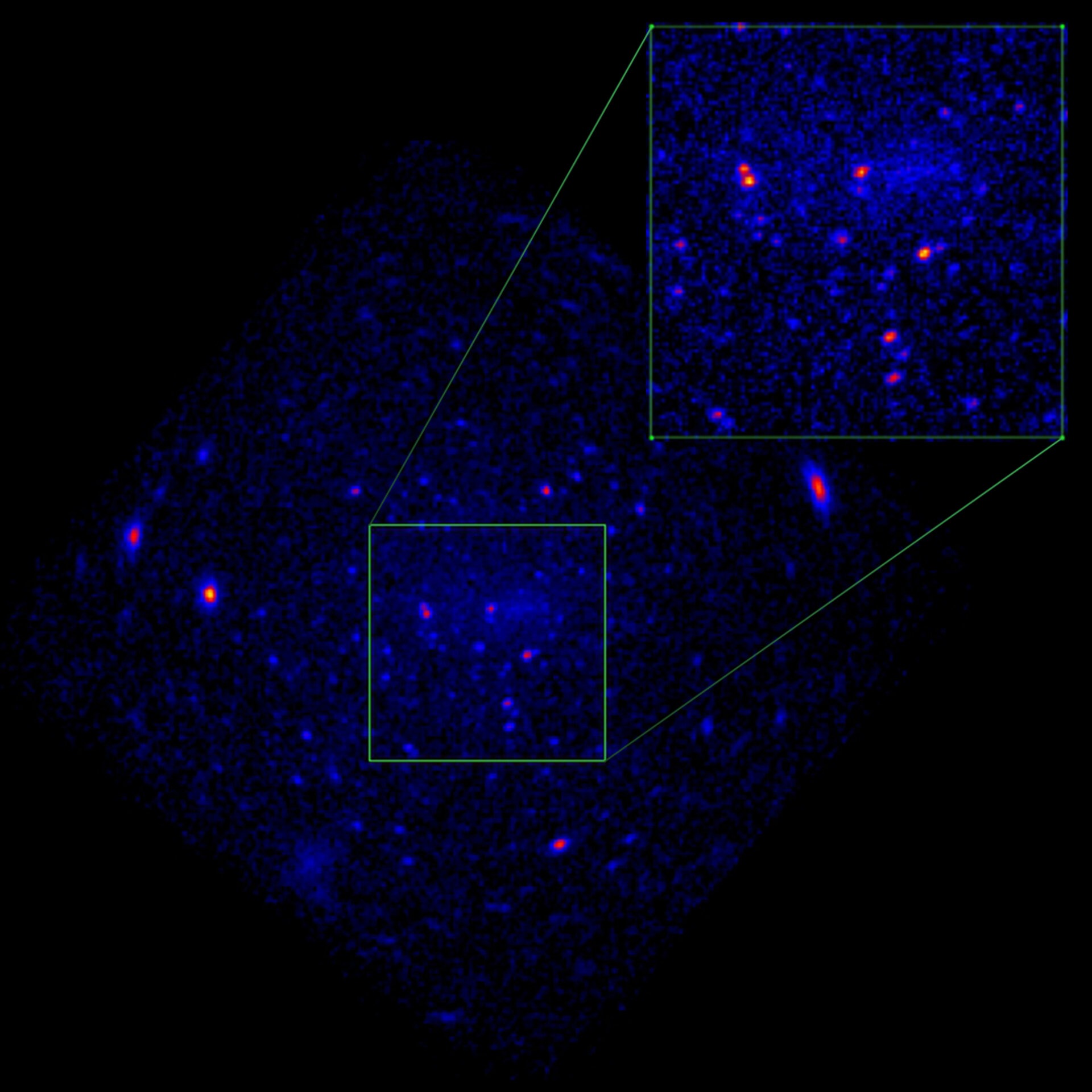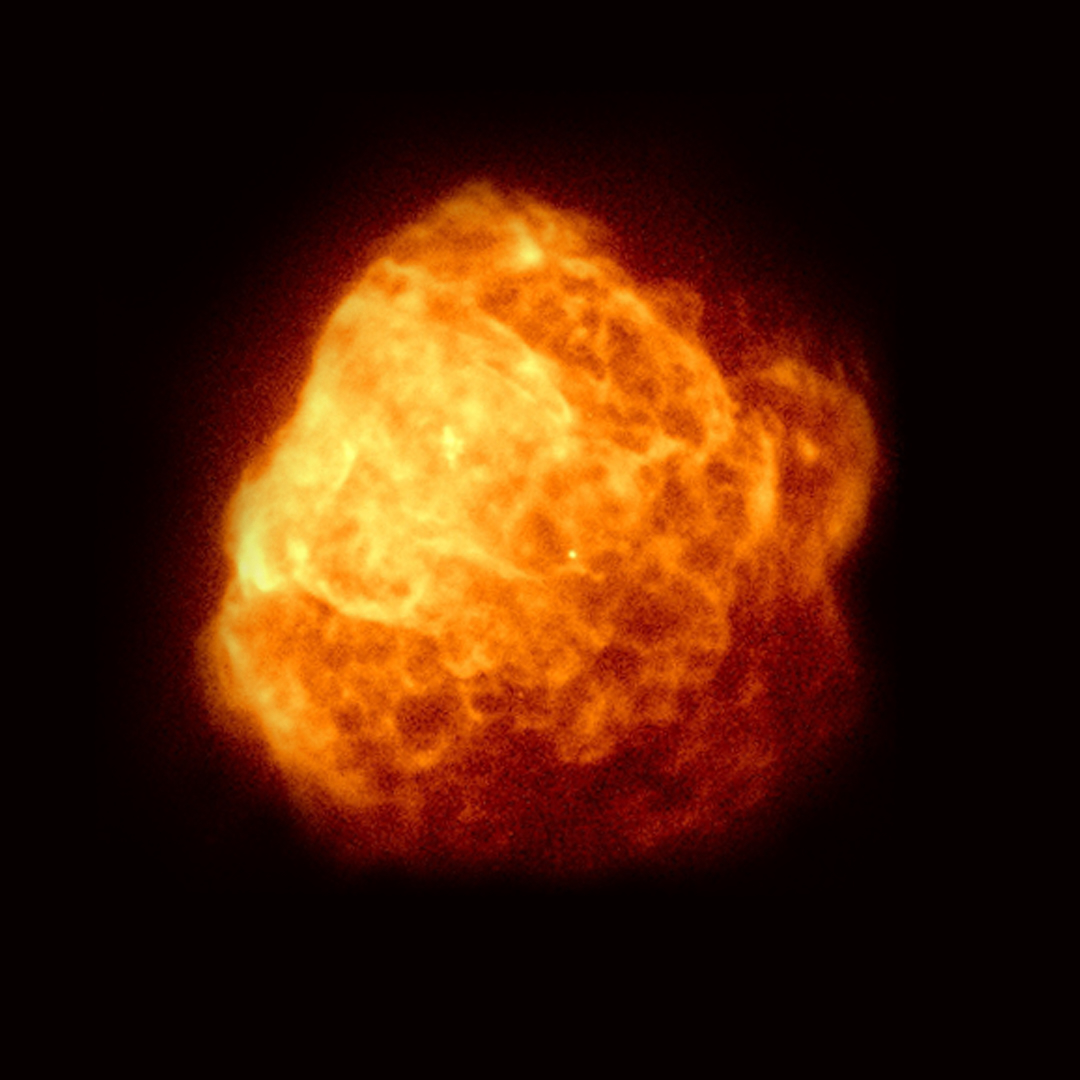The joint Chinese-European X-ray telescope mission called the Einstein Probe successfully conducts observations of the Universe in a wide-format mode thanks to the telescope’s design, which mimics the structure of lobsters’ eyes.

The Einstein Probe was launched on January 9 on a Chinese Long March rocket. The spacecraft is currently orbiting the Earth at an altitude of 600 kilometers and is conducting a stage of testing and calibrating its instruments. The first results of the observations were presented at a symposium in Beijing.

One of the problems with X-rays is their high energy, which makes them difficult to detect with conventional detectors. Therefore, lenses in this case are not effective due to the powerful nature of X-rays, since the rays will simply pass through the mirror. The detection of X-rays is possible only if they fall at a small angle on a surface that reflects the rays, and then are directed to a specialized detector. However, this mechanism has its limitations, since an X-ray telescope can usually register rays only in a narrow field of view.
Here nature and its creatures come to the rescue. It turns out that lobster eyes can solve this problem because they work on the principle of reflecting light. Scientists started using this concept back in the 1970s. But the adaptation of this method for space X-ray telescopes took decades.

The Einstein Probe is the first space telescope to use the optics of the “eye of the lobster”. Its Wide-field X-ray Telescope (WXT) has a design similar to the real eye of Omar: hundreds of thousands of tubes are placed in 12 modules that cover a field of view of more than 3,600 square degrees. In this way, WXT can take X-ray images of the entire sky in just three orbits around the Earth.
WXT investigates X-ray transients such as star flares or black hole activity, as well as star explosions and neutron star mergers. Its wide field of view allows us to significantly expand our knowledge about these phenomena. In addition, the probe carries the Follow-up X-ray Telescope (FXT), which offers more detailed observations of the transients detected by WXT.

Although the mission is still in the testing phase, the Einstein Probe has already demonstrated its effectiveness by detecting a variety of X-ray transients. Thanks to cooperation with international scientific organizations, this mission will open up new opportunities for future astronomical research.
The probe is the result of cooperation not only between the Chinese Academy of Sciences and the European Space Agency, but also the Max Planck Institute for Extraterrestrial Physics in Germany and the National Space Research Center in France. Its discoveries will provide a huge catalog of objects for the future European NewAthena mission, which is currently under investigation. It is planned that this will be the most powerful X-ray telescope ever built, which is scheduled to launch in 2037.
Earlier, we reported on how the Hubble telescope captured the Einstein ring.
According to esa.int
Follow us on Twitter to get the most interesting space news in time
https://twitter.com/ust_magazine


